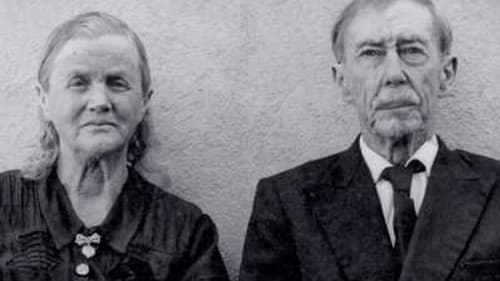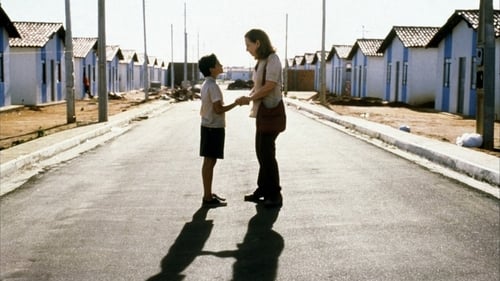
Art Direction
A film that chronicles the lives of Tatiane, who leaves São Paulo trying to rebuild her life; Odair, a young man exploring his sexuality after leaving his parental home; and Henry, a Haitian immigrant struggling to survive amid Brazil’s poverty. As chaos unfolds in Rondônia, their paths will cross.

Art Direction
Five documentary filmmakers were invited to dive into the collection of the Museu da Pessoa and to propose rereadings and authorclippings from the life stories of Brazilians who passed through the museum.

Set Decoration
Brazilian badlands, April 1910. Tonho is ordered by his father to avenge the death of his older brother. The young man knows that if he commits this crime, his life will be divided in two: the twenty years he has already lived and the few days he has left to live, before the other family avenges their son's death. He is torn between fulfilling his ancestral duty and rebelling against it, urged by his younger brother Pacu. That's when a tiny travelling circus passes through the vast badlands where Tonho's family lives.

Set Designer
글을 모르는 사람들을 대신해 편지를 써주는 것으로 생계를 이어가는 초로의 전직 여교사 도라는 어느 날 안나와 그 아들의 부탁을 받는다. 아버지에게 보낼 편지를 써달라는 부탁을 받고 도라가 잠시 역을 나선 순간 안나가 그만 차에 치여 사망한다. 도라는 갑자기 엄마를 잃은 아이를 어쩌지 못해 아이의 아버지를 찾기 위한 여행을 떠난다.
베를린영화제에서 최우수 작품상과 여우주연상을 받은 작품으로, 월터 살레스는 도라와 아이의 여정을 통해 브라질의 현실을 보여준다. 원주민들의 모습, 순례와 축제, 황량하고 마른 땅과 한없이 뻗은 신작로 등 브라질의 풍광을 배경으로 영화는 도라와 아이 사이에 싹트는 인간에 대한 사랑을 전달한다. 살레스는 반문맹인 여성 장기수와 저명한 조각가 사이에 오랜 세월 주고받은 편지를 기초로 만든 자신의 다큐멘터리 <또다른 어떤 곳의 삶>에서 <중앙역>의 아이디어를 떠올렸고 아이 역을 맡은 배우는 리우 공항에서 구두닦이를 하던 소년이었다.



